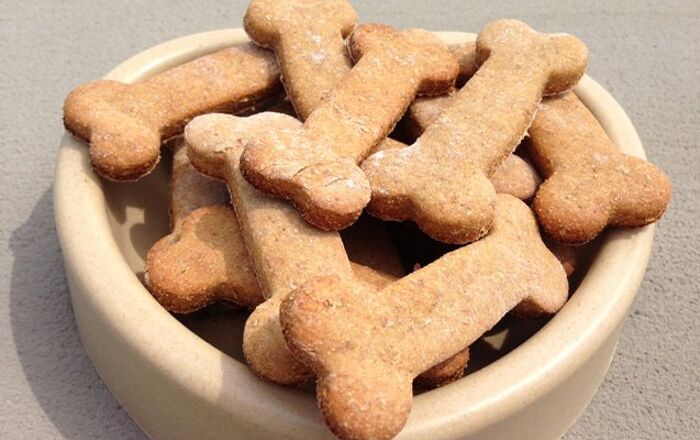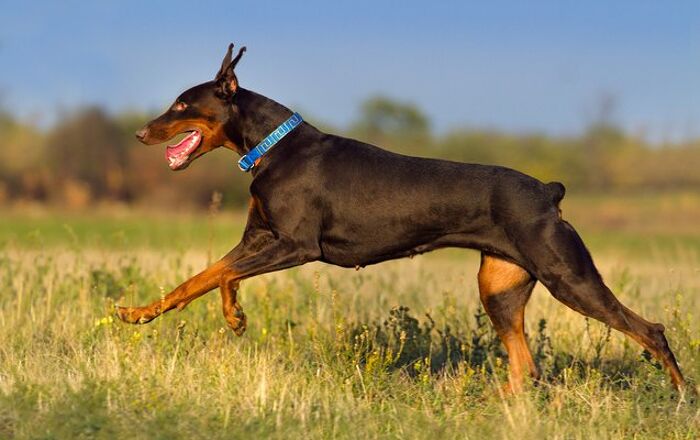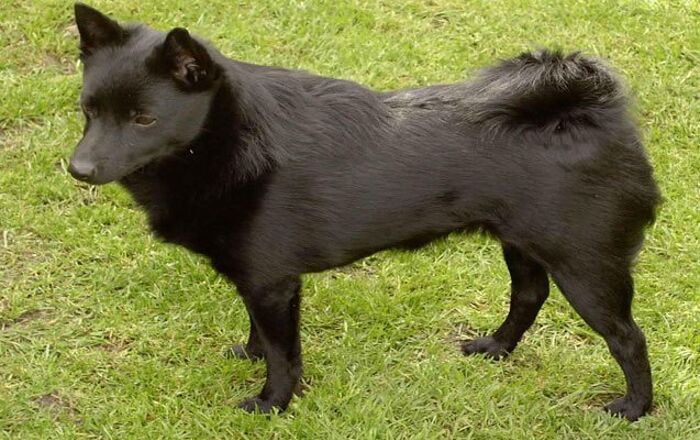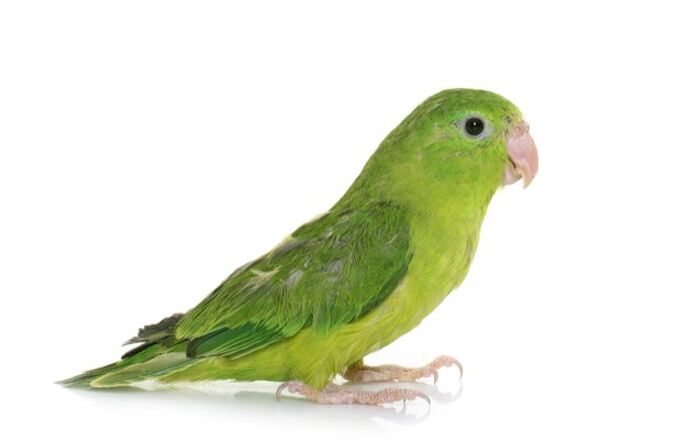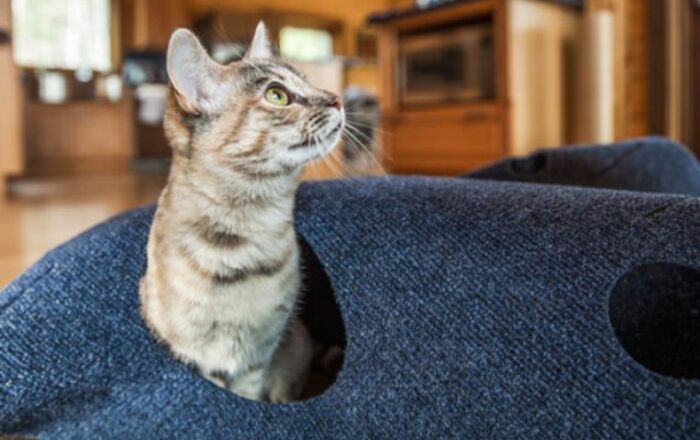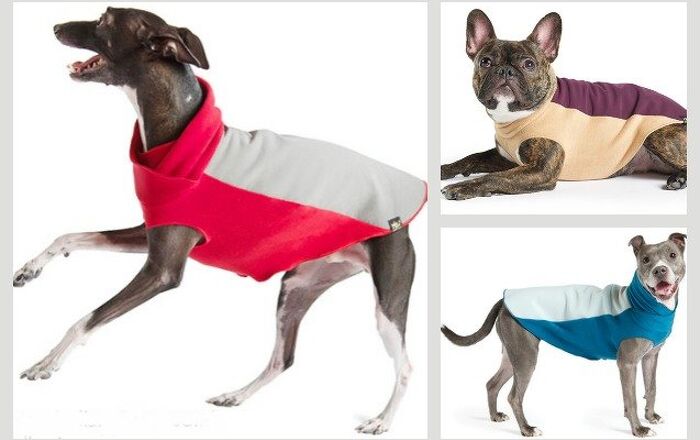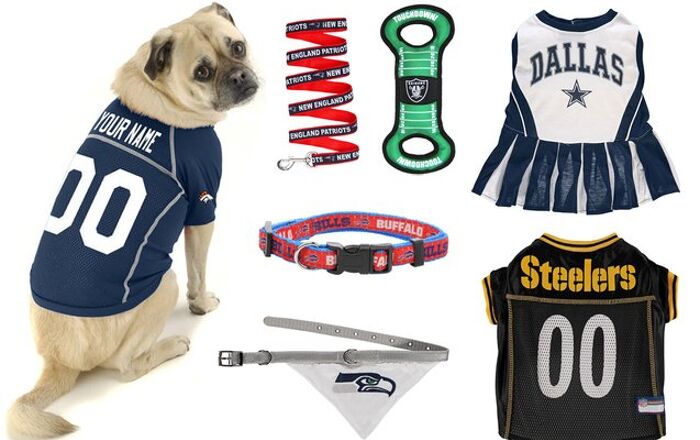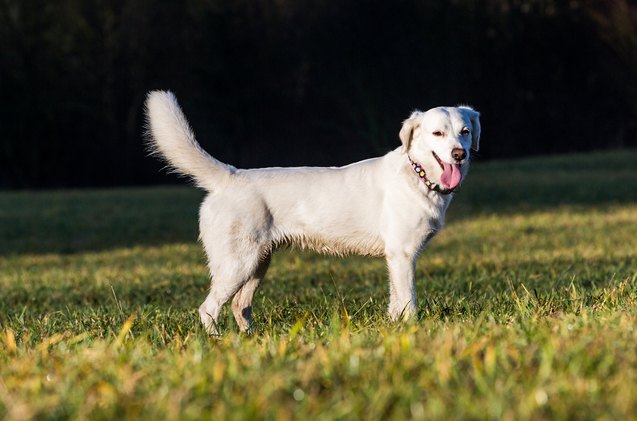
Pyrador Basics
The Pyrador is a designer breed that blends the gentle and loving personality of the Labrador Retriever with the strong, protective traits of the Great Pyrenees. The beautiful boy is a loving companion who will be the perfect addition to a family that is dedicated to ensuring he is properly socialized and is able to meet his exercise needs via long, daily walks and active playtime.
The Pyrador is a designer breed that blends the Labrador Retriever with the Great Pyrenees.
Origin
Pyradors are considered a “designer” dog and likely date back just a few decades to when breeders began producing dogs that featured the best traits of popular breeds without the genetic health issues that often plagued them. Though the Pyrador is considered a newer breed, his lineage is historic and includes the Labrador retriever which dates back to 19th century Newfoundland where he was used as a working dog by fishermen and the Great Pyrenees who goes back to the early 1600s where he was a favorite among shepherds for guarding sheep in the mountainous Pyrenees region between France and Spain.
Pedigree
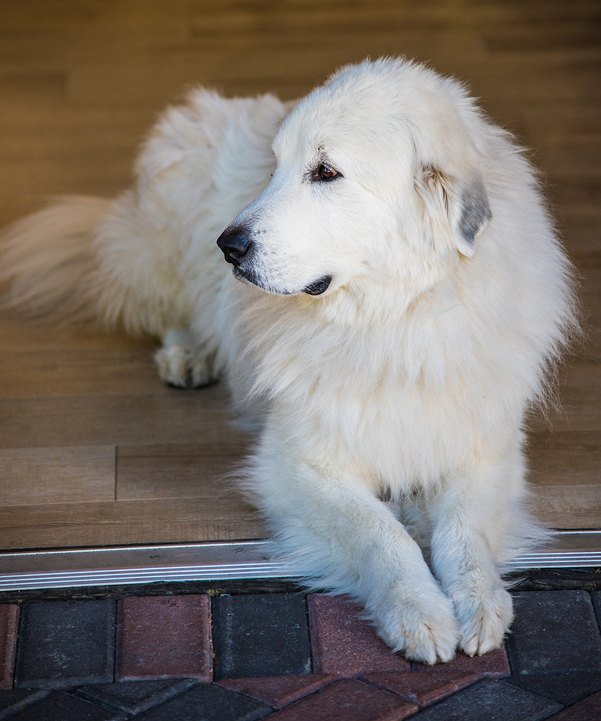
Because of his designer status, the Pyrador is not eligible to join the American Kennel Club’s (AKC) roster of purebreds however both parents are members. The Labrador retriever was recognized back in 1917 when he was admitted to AKC’s “sporting” group and was described as active, friendly and outgoing. The Great Pyrenees became a member of the club’s “working” group in 1933 at which time he was described as calm, patient and smart.
Food / Diet
The Pyrador is a large dog and requires a diet geared specifically to his size, age and activity level. As a deep-chested breed, he may be prone to bloat and gastric torsion so exercise must be limited after eating. Mobility issues can be a problem for large dogs as they age, so his weight must be kept in check. Because Labs are known to be over-eaters don’t free-feed your dog, provide him with smaller meals throughout the day and avoid fillers such as carbs and grains that will make him want to continue eating to feel full. Foods should indicate “meat” as a first ingredient and because he may be prone to hip dysplasia and joint issues, glucosamine is a good additive.
The Pyrador is a loyal, friendly dog that does well as a companion animal.
Training
This big boy comes from parents that are known to be strong-willed and independent, so he can be a handful when it comes to training. Obedience and socialization should begin early on and because of his size, lessons on not jumping up on people when excited as well as not pulling or tugging on a leash during walks is important. For an inexperienced pet owner, the skills of a professional trainer may be a good investment. Training should always be rewards-based with lots of praise and treats, pats or walks offered up as an incentive.
Weight
The Pyrador is considered a large sized breed and when fully grown, he will weigh 75 – 95 pounds depending on gender.
Temperament / Behavior
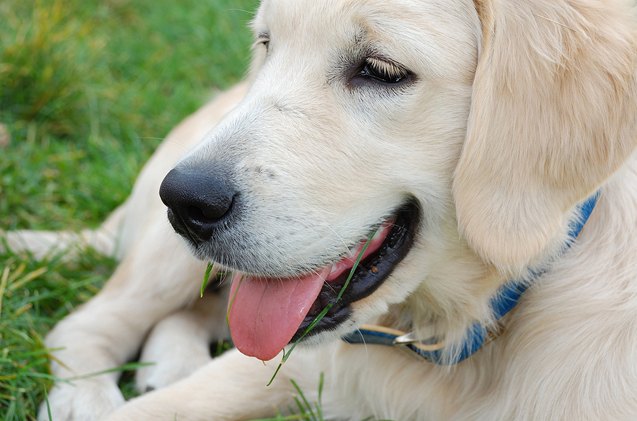
The Pyrador is a loyal, friendly dog that does well as a companion animal and just loves spending time with his family. While he’s great with older kids and other pets, he can make strange with new faces and display his concern through a deep bark that may seem threatening, but comes without aggression. He may also inherit the strong herding instinct of the Great Pyrenees (so warn your cat!) which means he can be highly protective of his family and fellow pets however it can’t be assumed he will feel the same about other kids and animals. Early socialization will help curb this trait and make him a great addition to any family.
Common Health Problems
Designer dogs are often bred specifically to bypass the health issues that plague their purebred parents, so your Pyrador will likely be quite healthy. That said it’s important to be aware of the health issues your new pup may have inherited from his parent breeds such as hip and elbow dysplasia that is common in both the Labrador retriever and the Great Pyrenees as well as bloat and digestive issues that can occur in deep-chested dogs. Great Pyrenees are also prone to cancers including osteosarcoma – a form of bone cancer – and reproductive cancers.
Life Expectancy
The Pyrador has a life expectancy of 10-12 years.
Exercise Requirement
As a large dog, the Pyrador will require regular, daily exercise to keep him physically and mentally stimulated and to prevent him from gaining weight as he ages – critical for big dogs that can experience mobility issues if allowed to pack on the pounds. Because he can be susceptible to bloat, don’t schedule exercise around meals. Though he will do well on long, leashed walks of at least an hour, owners may want to be cautious about taking him to a leash-free dog park as this breed has a tendency to roam and a strong hunting instinct may result in him chasing smaller animals. Best to test him a little to ensure he responds quickly to commands before setting him loose.
The Pyrador will require regular, daily exercise to keep him physically and mentally stimulated.
Recognized Clubs
Also known as a Labrenees, the Pyrador is lacking purebred status which means he is not recognized by the AKC however is a member of the Dog Registry of America, Inc. (DRA).
Coat
The Pyrador’s long, thick double-coat requires daily brushing with a curry groomer to keep it in check and during shedding season, you can expect to brush this big boy twice daily to keep both his coat and your home looking their best! His fur has a dense, woolly texture and he may have the ruff or mane typical of a Great Pyrenees. Floppy ears mean weekly ear inspection and cleaning to avoid wax build-up and infection.
Puppies
Pyradors are large breed puppies and because of their rapid growth, owners need to heed their dietary needs. Don’t plan to free-feed him foods that are high-energy (calories) or high-calcium because it can result in orthopedic diseases common in larger, fast-growing dogs. Consult your vet for advice on the best diet for your puppy and remember that his need to chew is great at this age, so provide him with appropriate chew toys until his obedience training has been completed. Because he can be prone to bone and joint issues later in life, take it easy on the exercise while he is young. Never over-exert him as this type of injury can plague him as he ages.
Photo credit: Andriy Blokhin/Bigstock; Cherry-Merry/Bigstock; oscity/Bigstock




